These nonfiction Black history books covering the 1800s are part of our broader history plans for the time period. The selections shared below cover slavery, the Civil War, and Reconstruction, and they’re meant to go along with books from other posts in this series, including Picture Books About Slavery and Freedom and African American Biographies: Life in the 1800s. Posts with my family’s historical fiction and morning time plans are coming soon!
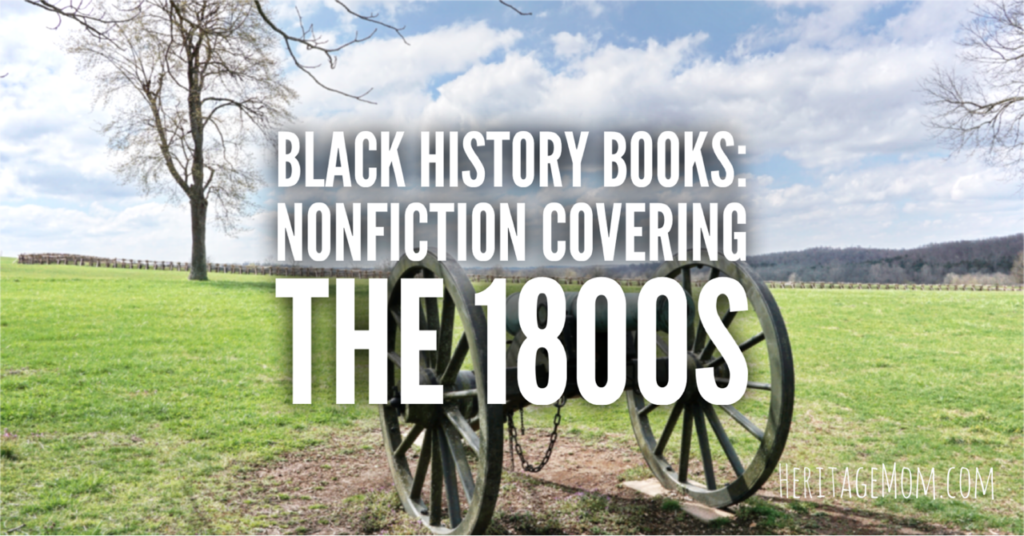
Rather than use a single spine to carry us through this time period, I’m using a series of shorter topical nonfiction books. I’ll be reading some of these aloud and the rest will be assigned as independent reading with oral and written narrations.
Reading Black history books aloud is a personal preference, and it would be completely fine to assign all (or any) of these to children old enough to read them. At times, my fourth grader will be reading his books to me so he can practice reading increasingly difficult texts aloud and so we can discuss sensitive topics immediately following his narrations rather than trying to circle back later.
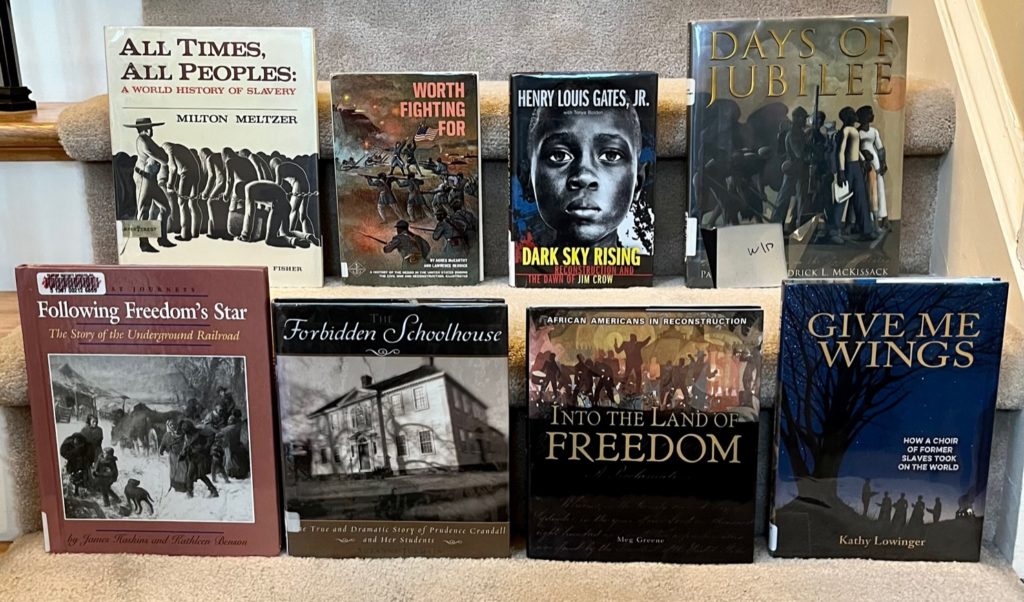
Disclosure: As an Amazon Associate, I may earn commissions from qualifying purchases of these Black history books covering Enslavement, the Civil War, and Reconstruction using these links, at no additional cost to you. Thank you for your support.
LOOK INSIDE: I’ve provided an inside peek of the books that don’t have the preview feature available on Amazon.
Read Alouds
I’ll be reading these Black history books aloud to my children (The first grader is optional. He can go play if he doesn’t want to listen in), but they’re also great substitutes for any of the books listed below.
Term 1: A Narrative of the Negro by Leila Amos Pendleton (I wrote the foreword for this reprint from Smidgen Press) – This book is a survey of Black history covering pre-colonial African kingdoms and the African American experience in the United States through the early 1900s. It extends beyond the 1800s time period in both directions, but it’s a wonderful overview for the start of this year. LOOK INSIDE
Term 2: Days of Jubilee by Patricia & Frederick McKissack – This book draws from slave narratives, letters, and diaries to document the days and weeks leading to freedom from slavery. “For whenever slaves learned they were free, that tday became their Jubilee.” LOOK INSIDE
Term 3: Give Me Wings: How a Choir of Former Slaves Took on the World by Kathy Lowinger – This books tells the story of Ella Sheppard who, together with eight other young mean nad women, raised funds for their school by forming the Jubilee Singers, a choir that follows the Underground Railroad from Cincinnati to New York. “The singers break down color barriers and introduce a thrilling new sound that will change the course of American music. This one is pricey, but my library has it so maybe yours does too. READ REVIEW from Redeemed Reader (One of my favorite sites for trusted book reviews!) LOOK INSIDE
Lower Elementary (1st grader)
I mentioned the history plans for my little guy in the last post, but I’ll repeat them here for people who are landing on this post first. My first grader will fully participate in Morning Time, so he’ll experience the Picture Books About Slavery and Freedom with the family, but he’ll also have his own separate history plans. He’ll study Native Americans, in general, with a special emphasis on Cherokee life (then and now) because of where we live (Georgia). He will also be studying Black Cowboys and completing a good chunk of Joyful Generations, my most recent Heritage Pack, which was written with him in mind. Preorder my book to get FREE Heritage Packs!
Upper Elementary (4th grader)
Term 1: All Times, All Peoples: A World History of Slavery by Milton Meltzer (shorter read, will start Term 2 book early) – This book covers a much wider period than the 1800s, but it’s an important text as it helps children understand that slavery is nearly as old as humankind and almost as universal. “From the ancient tribes of Mesopotamia up to the 1980s in some parts of the world, almost every race has had its slaves, and its masters too. Even today there are some people who buy, own, and sell other people! All Times, All Peoples shows how slaves lived in different cultures and what roles they played, how they felt about their bondage, and in what complex ways many of them fought – and died – to be free.” LOOK INSIDE
Term 2: Worth Fighting For: A History of the Negro in the United States During the Civil War and Reconstruction by Agnes McCarthy and Lawrence Reddick – From the title, you can tell that this book uses “negro” throughout because it was published in 1965 when that was an acceptable term. If you’ve followed my history book posts for a while, then you know that I love titles from Zenith Books. They’re old, but they’re unique and always hold my children’s attention. This one brings to light the many outstanding deeds of both northern and southern Black people during the Civil War and Reconstruction.
Term 3: Dark Sky Rising: Reconstruction and the Dawn of Jim Crow by Henry Louis Gates, Jr. – This is a story about America during and after Reconstruction, one of history’s most pivotal and misunderstood chapters. “Here, you will come face-to-face with the people and events of Reconstruction’s noble democratic experiment, its tragic undermining, and the drawing of a new “color line” in the long Jim Crow era that followed. In introducing young readers to them, and to the resiliency of the African American people at times of progress and betrayal, Professor Gates shares a history that remains vitally relevant today.” I’m super excited about this book!
Middle School (6th & 7th graders)
Term 1: Growing Up in Slavery: Stories of Young Slaves as Told by Themselves edited by Yuval Taylor (Please note that the publisher’s target age for this book is 14+) – “Ten slaves—all under the age of 19—tell stories of enslavement, brutality, and dreams of freedom in this collection culled from full-length autobiographies. These accounts, selected to help teenagers relate to the horrific experiences of slaves their own age living in the not-so-distant past, include stories of young slaves torn from their mothers and families, suffering from starvation, and being whipped and tortured. But these are not all tales of deprivation and violence; teenagers will relate to accounts of slaves challenging authority, playing games, telling jokes, and falling in love.”
Term 2: Following Freedom’s Star: The Story of the Underground Railroad by James Haskins and Kathleen Benson – This book describes the life of two slaves who managed to escape slavery using the underground railroad, the hardships they faced, and the way others were helped due to their escape. It was co-authored by the late James Haskins, a Black professor and author who wrote over 100 books devoted to the exploration of Afircan American culture, history, and biography. We have a growing collection of his work, and my family has enjoyed every book of his that we’ve read so far. LOOK INSIDE
Term 3: Into the Land of Freedom: African Americans in Reconstruction by Meg Greene – Finding a book on Reconstruction that my older kids haven’t read and won’t bore them (or me) to death wasn’t easy. This is a very important time in history to cover with children because it was rarely discussed until recent years, and they likely won’t encounter much about it outside of your home/classroom. During Reconstruction, “freed African Americans reunited with lost family members, set up churches and schools, received wages for their work, and voted for the first time. They made these achievements while dealing with continued racism and hatred, corrupt laws restricting newly won freedoms, and the growth of white supremacist organizations such as the Ku Klux Klan.” LOOK INSIDE (Consider substituting with Dark Sky Rising from above or Cause: Reconstruction America 1863-1877 if availability is an issue)
Free read: The Forbidden Schoolhouse: The True and Dramatic Story of Prudence Crandall and Her Students by Suzanne Jurmain – This is the story of a white abolitionist who endured many trials while trying to open and maintain one of the first African American schools in America. It’s important for children to remember that there are, and have always been, white people who stood firmly against racism and actively worked to fight against it. It’s compelling to hear the kinds of trials they faced as they lived out their core beliefs.
Combining students
You could easily combine students for many of these Black history books, and I suggest that you do so if it works for your family. My older kids already read the books that I’m assigning for my 4th grader, so they have their own selections.
With the possible exception of the Meltzer book, which is an easier (but meaty!) read in larger print, there’s no reason that the other fourth-grade books can’t be read by older students. In fact, if you haven’t spent much time on the history of slavery across our world, having older kids start with the Meltzer book (or reading it aloud to kick off the school year) is a good idea.
In the same way, a 5th grader (or mature 4th grader) could read the books that I’ve listed for my middle schoolers, except for Growing Up in Slavery which I really think is best for older students. They are denser texts, so it would depend on your child’s independent reading levels if you’re not reading the books aloud. To summarize, you can mix and match these Black history books, so take a look at the “look inside” feature and don’t get stuck on my personal grade assignments.
You can find me hanging out on Instagram @heritagemomblog. I hope to see you there! And if you haven’t already done so, please consider pre-ordering my new book, A Place to Belong. And be sure to check out the free bonuses!
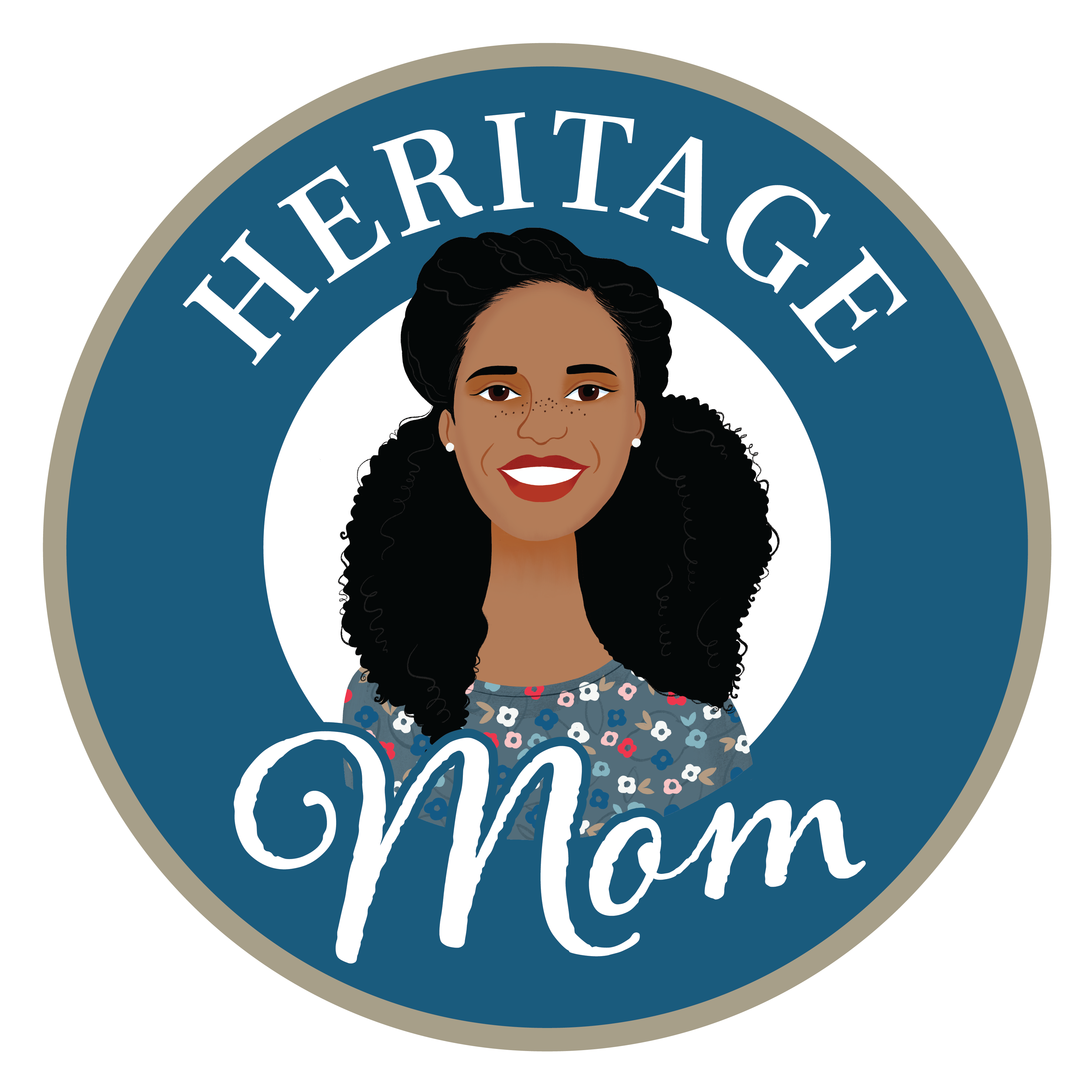












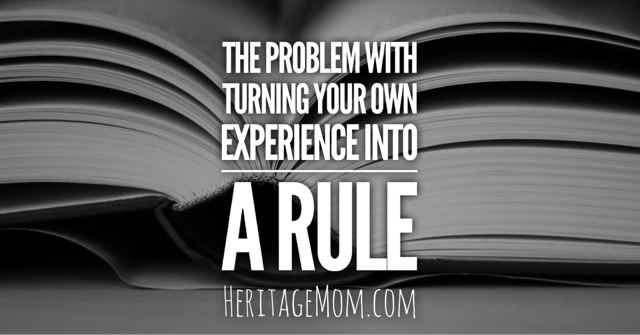
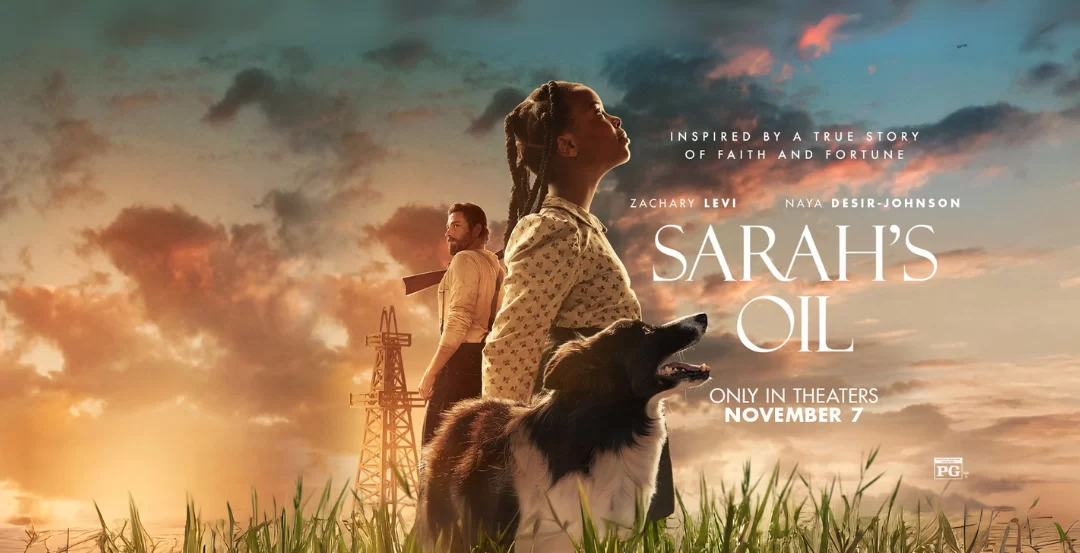

How would you suggest we, as an Asian/white family handle books like “Worth Fighting For” that use the term “negro,” which was acceptable in the era it was written, but now would not be appropriate. Should we continue to read it as written after a discussion about it? Should I replace the word as I read aloud? I’ve read through a whole ton of your articles, but haven’t found an answer, so I’m hoping you can give some guidance here. I so appreciate your wisdom and perspective on this. Thank you!
I would discuss it and still use the word. It wasn’t a derogatory term; it’s simply outdated. I would share that with your kids and tell them that you’re reading an older book that was written when it was a normal word that Black people even used to describe themselves, but that it would be inappropriate to use it today. “So we’ll read it in this book, but we won’t use it in our vocabulary.” And perhaps there’s an outdated word to describe Asian people that you could give as a comparison? I’m not certain, but that may help them better understand as well. Thank you for asking!
Loving your book suggestions, Amber. We’re a British family who in recent years have adopted the U.S. for our second stream of history, but rather than have both British and the U.S. on the go at the same time I do 2 terms of British and 1 of U.S. so that we can fully immerse ourselves in one place. We’re covering the 1800’s in our next term of U.S. history and whilst I’m loving all your book suggestions I’m on a tight budget. Thankfully I’ve found a fair few biographies and chapter books are available through Audible as my local British library is lacking in U.S. history material and I’ve selected a few picture books and chapter books that we don’t want to miss. I however still need to buy somethings to use as a spine for the slavery/civil war/reconstruction eras and I’m wondering which one or two you’d recommend? My girls are 9 & 11 and not new to the themes of racism and slavery that are part of both U.S. and British history, although one is very tender hearted.
Thank you, I’m so glad that you love them! I’m not sure whether you’re planning to read the books aloud or if you’re hoping for something that they’ll read on their own, but I would recommend Following Freedom’s Star: The Story of the Underground Railroad (nonfiction) and Forty Acres and Maybe a Mule (historical fiction) to give them an experiential view of Reconstruction. If you’re not able to find those reasonably priced, let me know, and I’ll recommend something else. Enjoy!